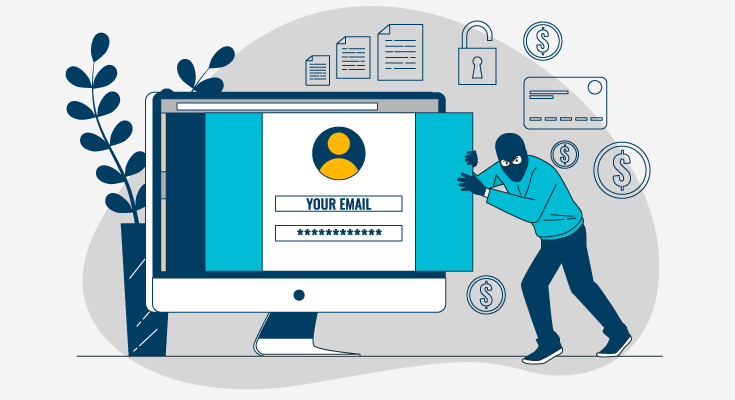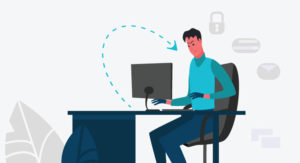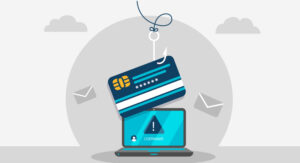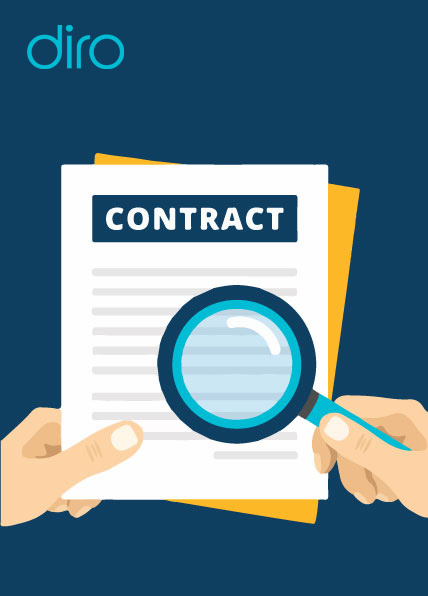What Is Identity Theft? How to Prevent ID Theft Online?

Identity theft is when someone steals your personal information and uses it for financial fraud. There are multiple types of identity theft and each type can affect you differently. Almost all types of identity theft lead to financial loss. The cases of identity theft are growing every year with the rise of new technology, and people need to learn how to prevent ID theft online.
There’s no perfect way to protect yourself against ID theft completely. But if you’re diligent in learning how to prevent identity theft, you can save your confidential information from fraudsters. It is always good to learn how to protect your data and act quickly if someone manages to steal your information.
How does Identity Theft happen?
Identity theft is a widely applied term that is used any time someone steals someone else’s personal information. Personal information can be almost anything like the Social Security Number, driver’s license, etc. which can be used to purchase products, create new accounts, and more without authorization.
As technology and the use of social media are growing, the theft of personal information is always at risk. If you’re not paying attention to your credit file, you may not notice that someone is making a transaction with your details until it is too late. What are identity theft examples you ask? Here are the most common ones:
1. Data Breaches
A data breach happens when fraudsters gain access to an organization’s data. Most data breaches try to gain confidential customer information like full names, Social Security Numbers, and credit card numbers.
In 2018, there were more than 1,200 data breaches in the USA, and more than 400 million records were exposed. As all of us have more than a dozen accounts with countless services, it is almost impossible to keep you safe from a data breach, however, there are methods companies can employ to mitigate the risks of data breaches.
2. Unsecure Browsing
Most of us can browse the internet securely, but there are situations where people access third-party websites. Not all websites are secure and sharing personal information on an unsecured website is basically handing out your information to fraudsters. If you use an antivirus, some tweaks in settings can easily help you detect unsafe websites.
3. Credit Card Theft
One of the most common forms of identity theft is credit card identity theft. Let’s say someone somehow got access to your credit card information, they can use it to make unauthorized purchases. Other ways fraudsters can access your credit card information are through data breaches, physical theft, and credit card skimmers in online retail stores.
4. Mail Theft
Mail theft has been around long before the rise of social media and online shopping networks. Identity thieves have been going through people’s identities to sensitive data. Mails contain all kinds of sensitive information like bank and credit card statements or other personal documents. If someone somehow accesses your email account, they can have access to loads of information.
5. Phishing and Spam Fraud
Some scammers use email and text messages or other electronic communication methods to steal personal information. The common denominator in these kinds of fraud is trying to trick a customer into believing that they are in contact with an organization.
To put this in context, let’s say you receive an email that claims it’s your bank and it may include a link that directs you to a website similar to your bank’s website. Most of the time these websites will ask you for information like a username and password or credit card information. It is suggested that you call your bank and confirm if there’s an issue with your account. Entering sensitive information on any website can lead to huge losses.
6. WiFi Hacking
Connecting your computer or smartphone to public WiFi for doing any kind of financial activity isn’t the right decision. Public connections are usually full of hackers looking to steal sensitive information.
If you need to use a public network, use a VPN service, or try to avoid inputting sensitive information like account details, credit card information, etc..
7. Mobile Phone Theft
Mobile phone theft can happen to anyone because our smartphones have access to all kinds of information. A lot of people don’t set a fingerprint or any kind of password protection for their apps. If someone steals your smartphone, they can access all kinds of information in your emails, text messages, and financial apps on your phone.
Stealing phones is one of the most common types of identity theft. It is advised to keep your phone locked with a password or a fingerprint.
8. Card Skimming
Card skimming is one of the least known types of identity theft. Some thieves use a skimming device that can be placed over a card reader on an ATM or a fuel pump. This card reader can be easy to hide. Whenever a customer swipes a debit or credit card on the compromised machine, it either stores the information or transmits it to someone else. After that, anyone can use this stolen information to make unauthorized purchases.
How to Check For Identity Theft?
No one can avoid the possibility of identity theft, but some actions can be taken to learn how to prevent identity theft. To keep an eye out for identity theft possibilities, customers should keep checking their credit reports. In these credit reports, you should always look out for transactions that seem out of place or transactions you don’t remember making. These small anomalies can be a red flag, Here’s how to prevent ID theft online by checking some suspicious signs:
- You aren’t getting important emails such as bills or checks.
- You’re getting bills for things you didn’t purchase or services you didn’t use.
- You’re denied credit even after having an excellent credit rating.
- You receive notification of unauthorized bank transactions or withdrawals.
- Your electronic tax filing is denied.
- You receive bills or emails explaining the benefits of health insurance you didn’t apply for.
- Your account was recently accessed and you didn’t do it.
How to Prevent Identity Theft?
Firstly people can’t figure out that their information is being stolen by someone else, if they do figure it out, they don’t know what to do. If the credit card or debit card was stolen, you need to contact the card issuer and your bank to put a hold on the card.
The next step is to go through your credit card report from different credit bureaus to find out any unusual activity. Some banks and credit card providers offer services of credit card fraud alert, you can set that up on your card to prevent identity theft.
You should also notify the local law enforcement agency to notify them of the crime. In most cases of credit card theft and identity theft, authorities can’t do much but they can write down reports and be on the lookout for suspicious activities.
Before you report the crime to local authorities, it is suggested that you also reach out to the FTC (Federal Trade Commission) to file a report. The agency will guide you on what steps you need to take and the paperwork to fill out. Being a victim of an identity theft crime can be a horrifying experience, if necessary steps aren’t taken then you can be stuck for months dealing with authorities, trying to get your identity back.













